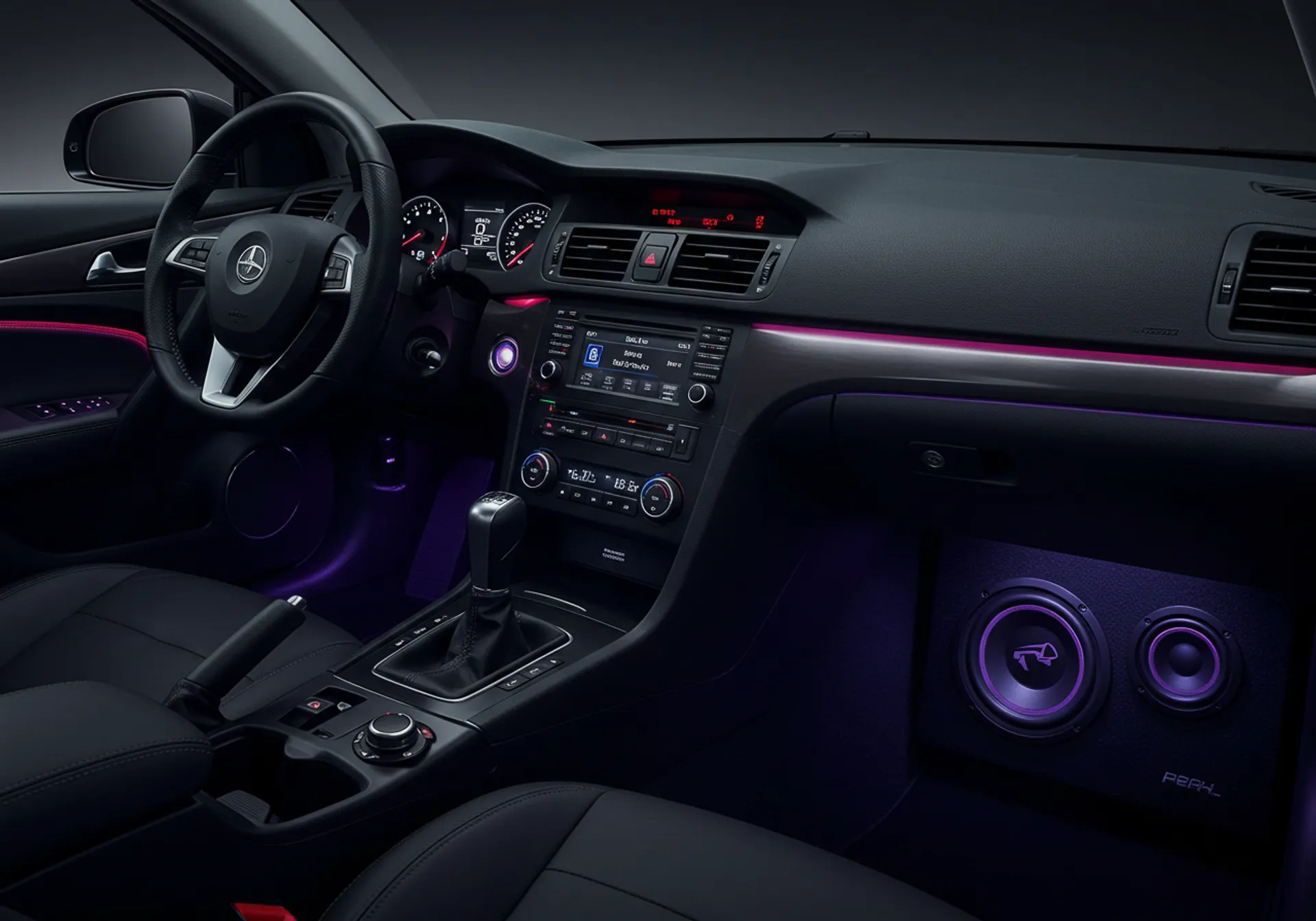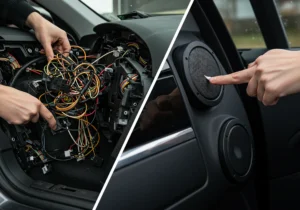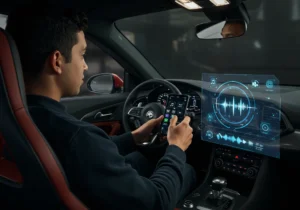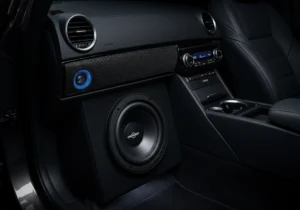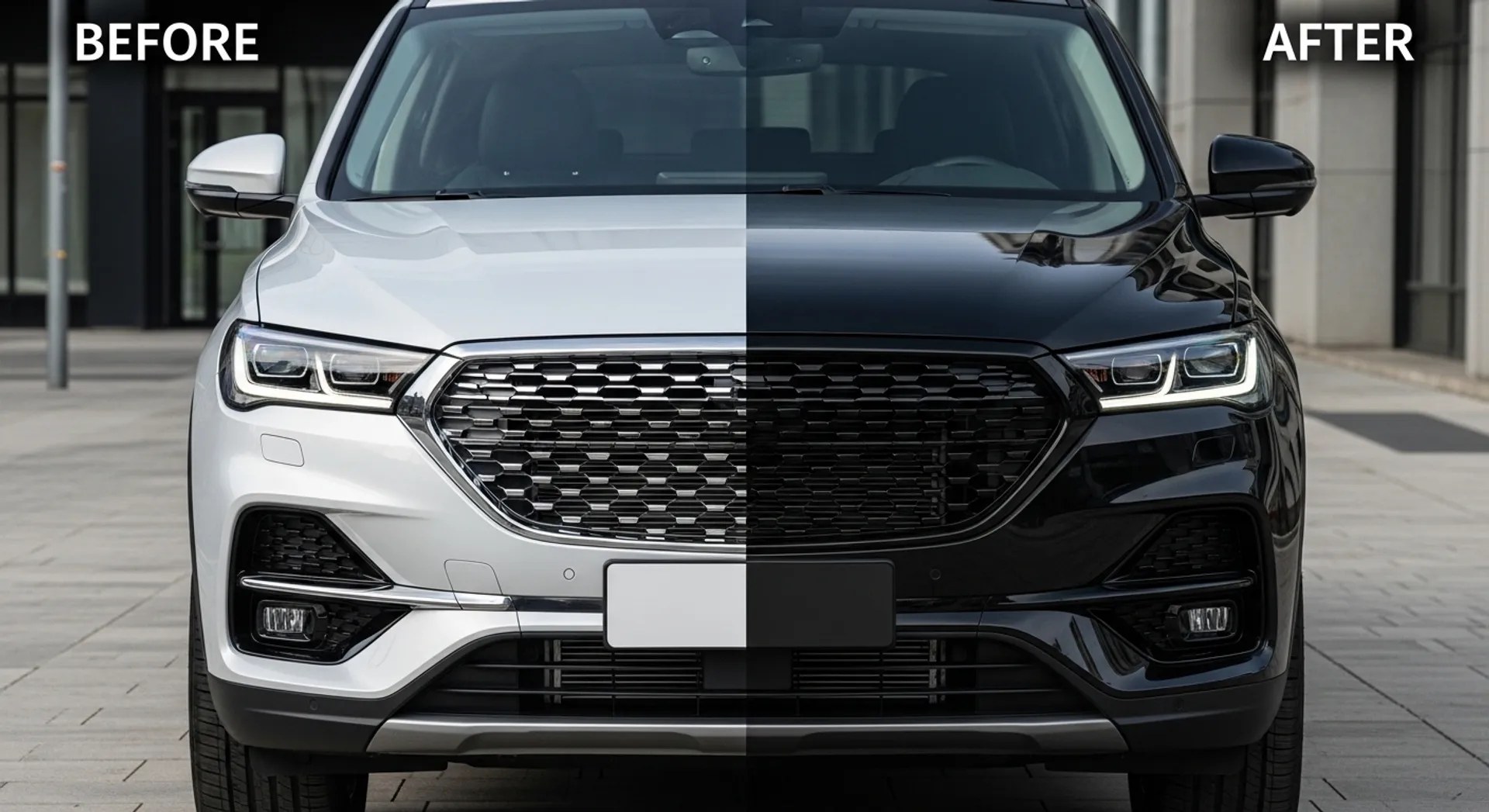Upgrading your car’s sound system used to mean a complex process: removing panels, splicing wires, and often needing a professional installer. In 2025, plug and play car audio systems are changing that landscape. They provide a way for everyday drivers to enjoy high-quality sound without the headaches of traditional installations. Whether you want deeper bass, clearer vocals, or smart integration with your devices, these systems are one of the easiest and most effective upgrades you can make to your car’s interior.
What Are Plug & Play Car Audio Systems?
A plug & play system is designed to connect seamlessly to your vehicle’s existing setup. Instead of rewiring your entire car, the components are manufactured with factory-fit connectors that snap directly into place. This makes them ideal for people who want better sound quality without voiding warranties or paying for labor-heavy installations.
Common components include:
- Amplifiers that boost sound output without distorting audio.
- Speakers with factory-fit mounts and wiring harnesses.
- Subwoofers in compact, easily installed enclosures.
- DSP (Digital Signal Processors) for customizable sound tuning.
The result is a hassle-free upgrade that delivers professional-level sound with minimal effort.
Why Plug & Play Systems Are Trending in 2025
According to aftermarket industry reports (SEMA Research), consumer demand for convenience and personalization in automotive accessories continues to grow. Drivers want premium features, but they also want them fast and affordable. That’s exactly where plug & play shines.
Some reasons for their popularity include:
- Easy installation: Most systems can be installed in under an hour with basic tools.
- No permanent modifications: Perfect for leased vehicles or those under warranty.
- Smart integration: Many connect to factory head units, Bluetooth, or even voice assistants.
- Scalability: You can start with a single component, like an amplifier, and add more later.
Comparing Plug & Play vs Traditional Audio Upgrades
Traditional upgrades often require removing panels, splicing wires, and running new cabling. While that allows complete customization, it’s expensive and risky if not done correctly. Plug & play systems, on the other hand, reduce risks by using connectors designed specifically for your car model.
Here’s a quick comparison:
| Feature | Plug & Play System | Traditional Upgrade |
|---|---|---|
| Installation Time | 30–60 minutes | Several hours |
| Warranty Impact | Low risk | Higher risk due to wire splicing |
| Cost | Moderate | High (equipment + labor) |
| Sound Quality | High, but model-specific | Very high, but depends on installer skill |
Smart Features You Can Expect
Today’s audio systems do more than just play music. Plug & play upgrades in 2025 often include smart features like:
- Bluetooth 5.0 and Wi-Fi for seamless streaming from any device.
- Voice Assistant Compatibility with Alexa, Siri, and Google Assistant.
- Customizable EQ Presets that adapt to music genres automatically.
- App-based Controls so you can tune sound with your smartphone.
- AI-powered sound calibration that adjusts based on cabin acoustics.
This convergence of consumer tech and automotive technology is a big reason these systems are gaining popularity.
Popular Brands & Options
Several manufacturers now specialize in plug & play audio kits tailored for different car models. Some popular options include:
- JL Audio Stealthboxes: Compact subwoofers designed to fit factory spaces.
- Alpine Status Systems: High-end plug & play amplifiers and speakers.
- Focal Inside Kits: Premium French-made audio systems with factory-fit connectors.
- Kicker Key Smart Amplifiers: Compact amps with built-in auto-tuning.
Before purchasing, it’s always smart to confirm compatibility with your vehicle’s make and model.
Cost Considerations
The price range for plug & play systems varies widely:
- Entry-level kits: $250–$400
- Mid-range systems: $500–$900
- High-end packages: $1,000–$2,500+
Although they may cost more than universal parts, the time and labor savings often make them more affordable in the long run. Additionally, many are designed to be reversible, which can help preserve vehicle resale value.
DIY vs Professional Installation
One of the biggest benefits of plug & play audio is that most people can install them without professional help. However, if you’re adding multiple components (amplifier + speakers + subwoofer), or want advanced DSP tuning, a professional installer may still be the best option for peak performance.
For car owners who enjoy hands-on customization, this is one of the most satisfying DIY upgrades you can make to your interior.
How Plug & Play Audio Enhances Interior Styling
Beyond sound quality, these systems also impact car interior styling. Compact designs reduce clutter, integrated subwoofer enclosures preserve trunk space, and premium speaker grilles often enhance the cabin’s look. It’s a subtle way to upgrade both the function and aesthetics of your vehicle.
Tips Before Buying
To ensure you choose the right system, keep these tips in mind:
- Check your vehicle’s make and model for compatibility kits.
- Consider your sound preferences: bass-heavy, vocal clarity, or balanced.
- Look for future-proof features like app support and AI calibration.
- Set a budget that covers both equipment and optional installation.
Final Thoughts
For drivers who want better sound without the complexity of traditional installations, plug & play car audio systems are the perfect solution. They’re smart, efficient, and tailored for modern vehicles. From casual listeners to dedicated audiophiles, upgrading to a plug & play setup is one of the best ways to transform your driving experience.
If you’re ready to give your car’s interior the upgrade it deserves, explore our Car Interior Styling services for more customization ideas. From audio to upholstery, we help bring your vision to life.

